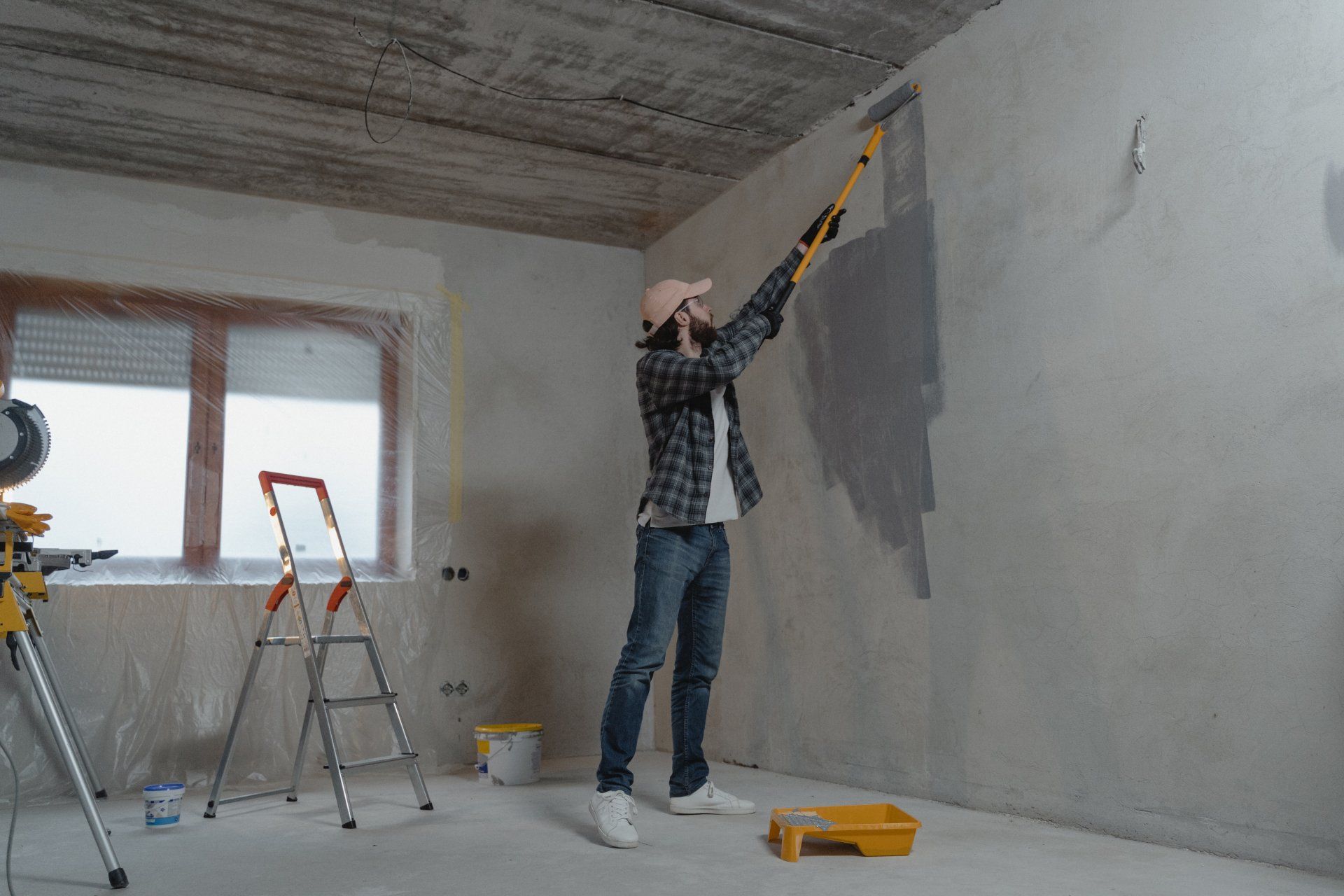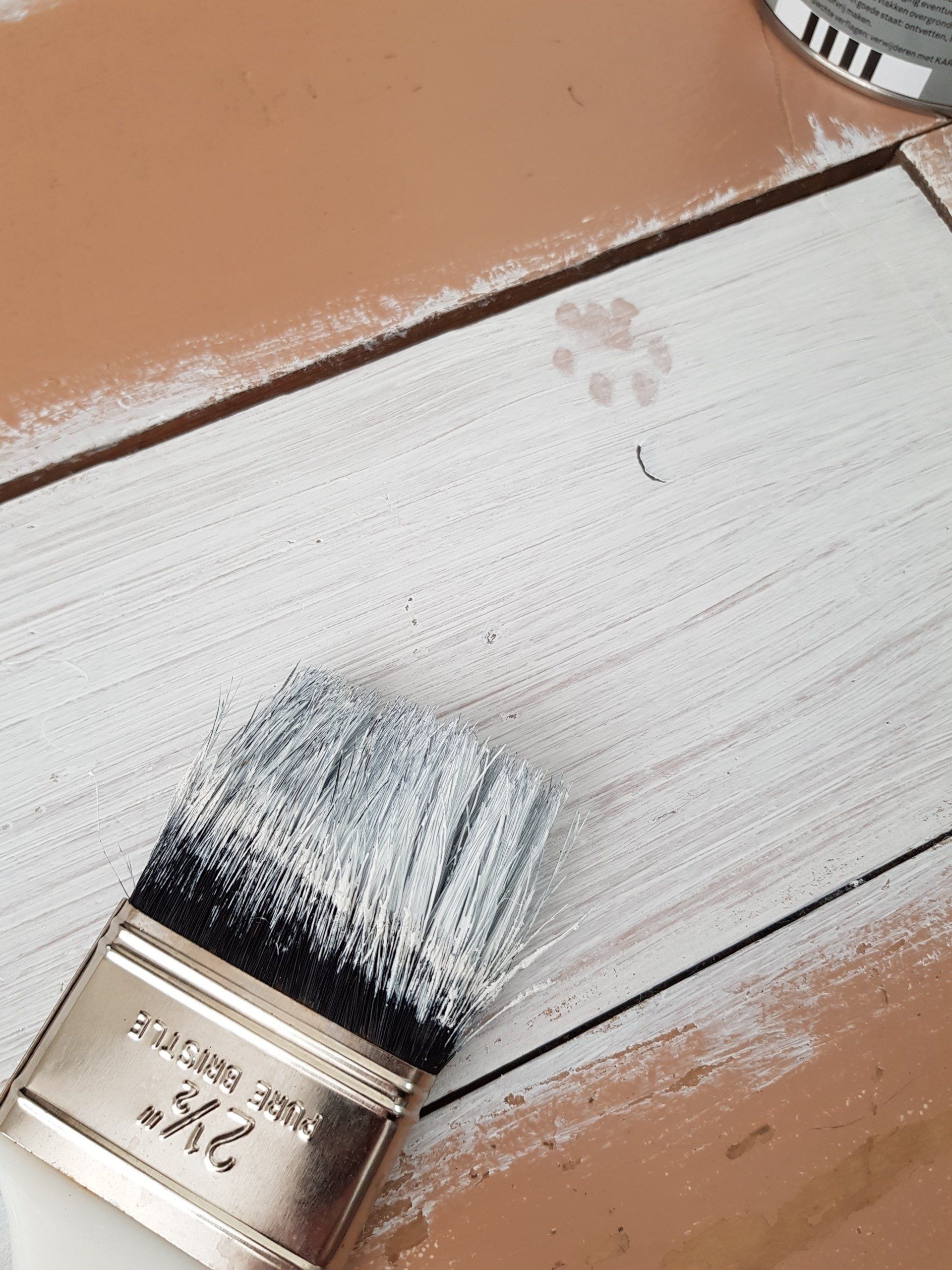Painting Over Lead Paint
Painting Over Lead Paint
Yes! It is possible to paint over paint that is lead-based; however, not just with any type of paint. Painting over paint that contains lead or encapsulation is a highly efficient method for removing lead paint. Encapsulation is cheaper than removing lead paint and is actually safer as it does not release dust or lead into the atmosphere.
Remember that conventional water- or oil-based coatings aren't encapsulant! Find out more from the professionals about how to efficiently and safely remove lead paint.
The Dangers of Lead Paint
We must first be aware that lead-based paint can be extremely hazardous. Always be cautious while working around lead paint, whether it's in good condition or bad condition, by wearing a respirator, gloves, or coveralls, as well as eye protection.
When Not to Encapsulate
When the paint you wish to encapsulate is peeling or flaking, encapsulation is not the best option for remediation because the encapsulation paint is likely to flake and peel off the wall, along with the paint. Get guidance from an expert if you are doubtful.
Encapsulation of lead paint is not effective on surfaces that include:
- Walked on
- Rub together
- Very badly deteriorated
If that's the case, you need to look for an EPA-certified renovation contractor.
Painting Over Lead-Based Paint
Paint over lead or encapsulation is only effective if the original lead paint's finish remains in a great state; that is, not chipping or peeling. Additionally, the encapsulated space is monitored regularly in order to ensure that it is not exposed to dust and paint chips. The encapsulation process should last for up to 10 years if it is done properly. If it begins peeling, then act immediately.
What Paint Should You Use to Encapsulate Lead?
If the conditions are right to paint over the lead paint, there are three kinds of encapsulants to choose from:
- epoxy
- polymer
- cement-type materials
If you are planning a DIY undertaking, we suggest an epoxy-based or polymer encapsulation solution as they don't need mixing. The application should be made according to the specifications of the manufacturer. They are usually applied using the help of a roller, brush, or an airless spray gun.




